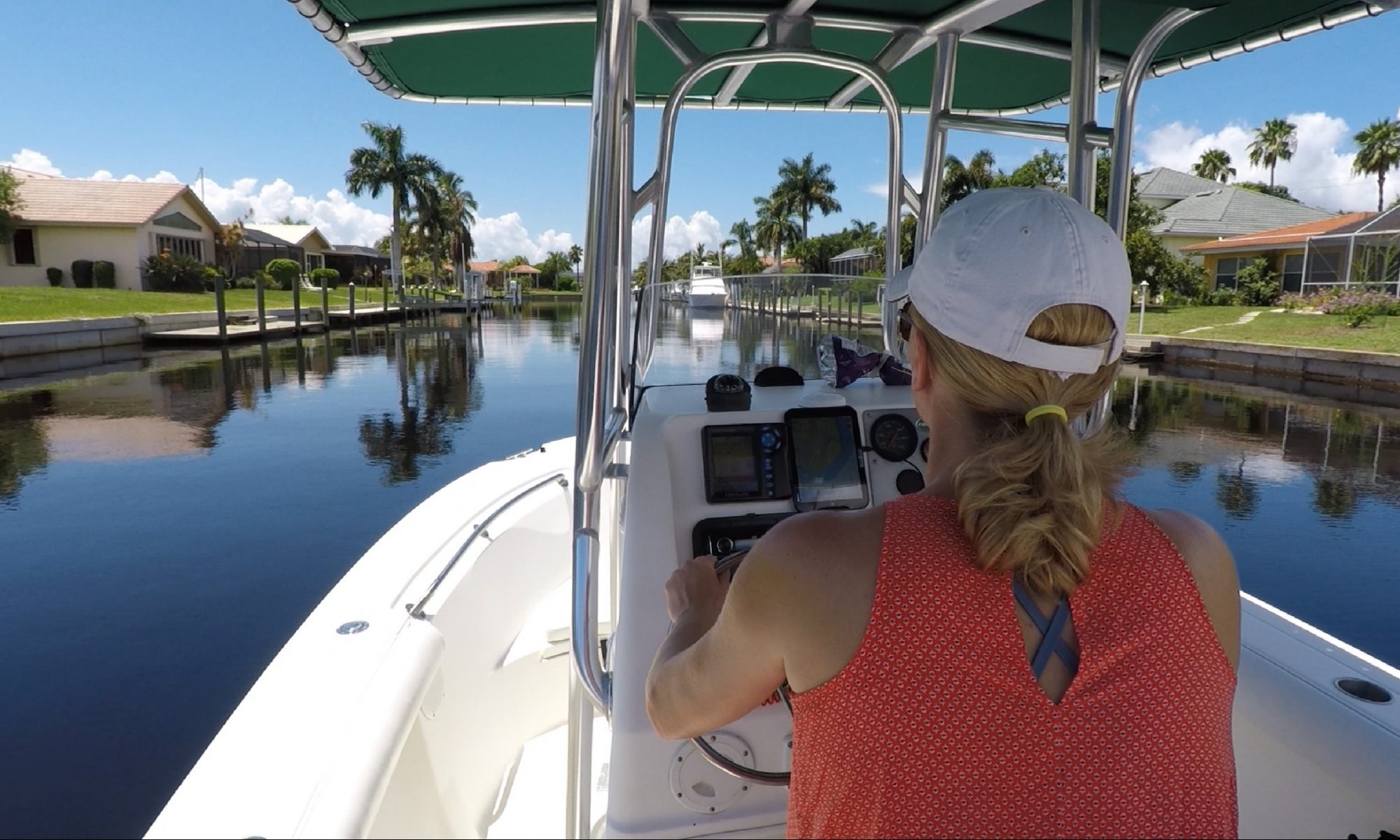“Slot limit” is a term used in fishing regulation and refers to a specific size range of a fish species that can legally be kept. It protects particular fish populations from overfishing and to ensures the sustainability of the species in the future.
Slot limits are harvest control measures regulating the size of fish harvested in a specific body of water. These controls protect the breeding stock, usually larger fish, from overfishing. The particular size range protected by a slot limit is called the “slot.” Not adhering to slot regulations can result in severe fines or penalties.
For example, if a slot fish is 12 to 16 inches, anglers can only keep fish within that size range. Fish that are smaller or larger must be released unharmed. By protecting the larger fish, slot limits aim to maintain the size structure of the fish population and ensure enough breeding-sized fish remain in the wild to sustain the population.
Slot limits can be implemented in a variety of ways, such as by size, weight, or age. The specific size range that is protected by a slot limit is often based on biological information, such as the average size at which a fish species reaches maturity or the size at which the species is most vulnerable to harvest.
Adhering to slot limits is vital for conserving fish populations. Slot regulations help ensure that fish populations remain healthy and abundant and that the sport remains sustainable
